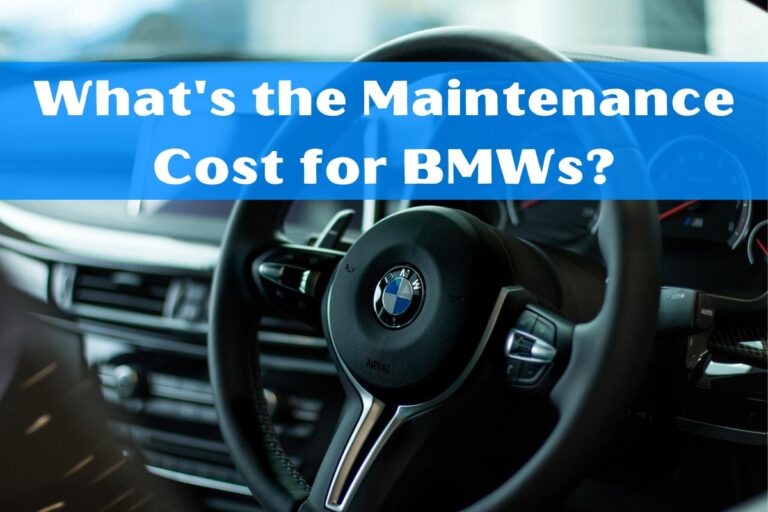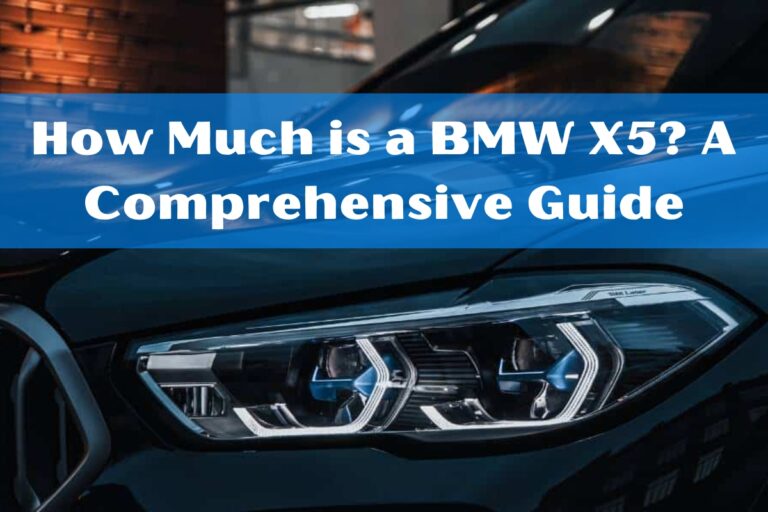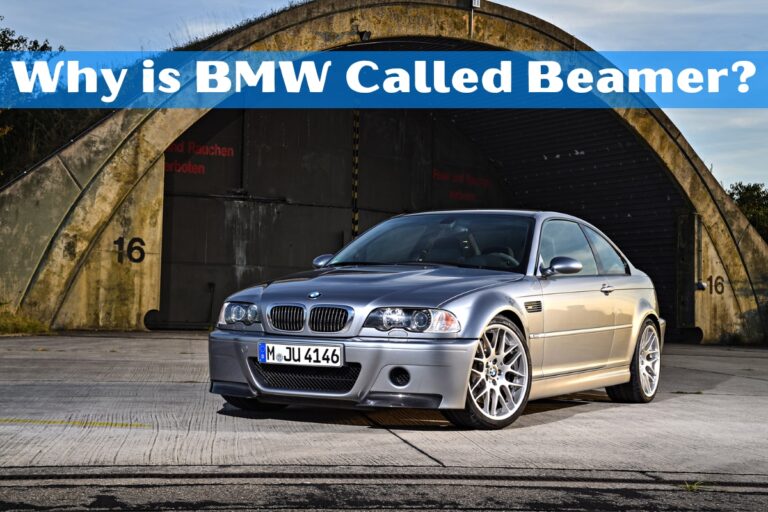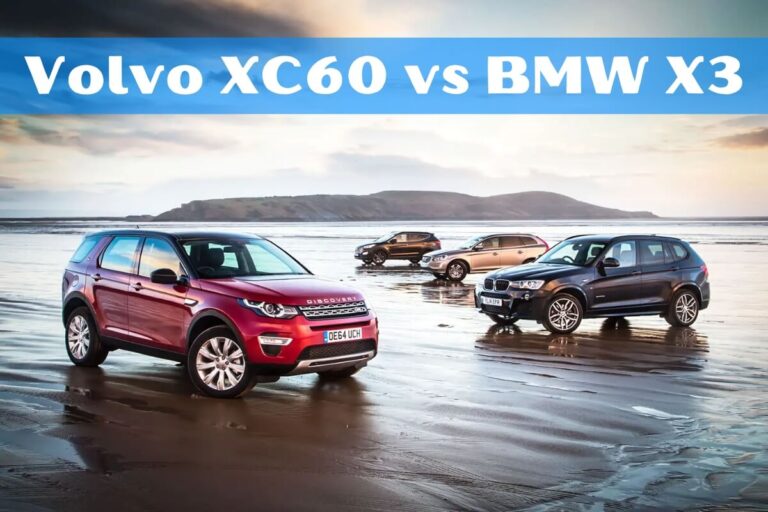BMW sDrive vs xDrive: The Ultimate Drivetrain Showdown
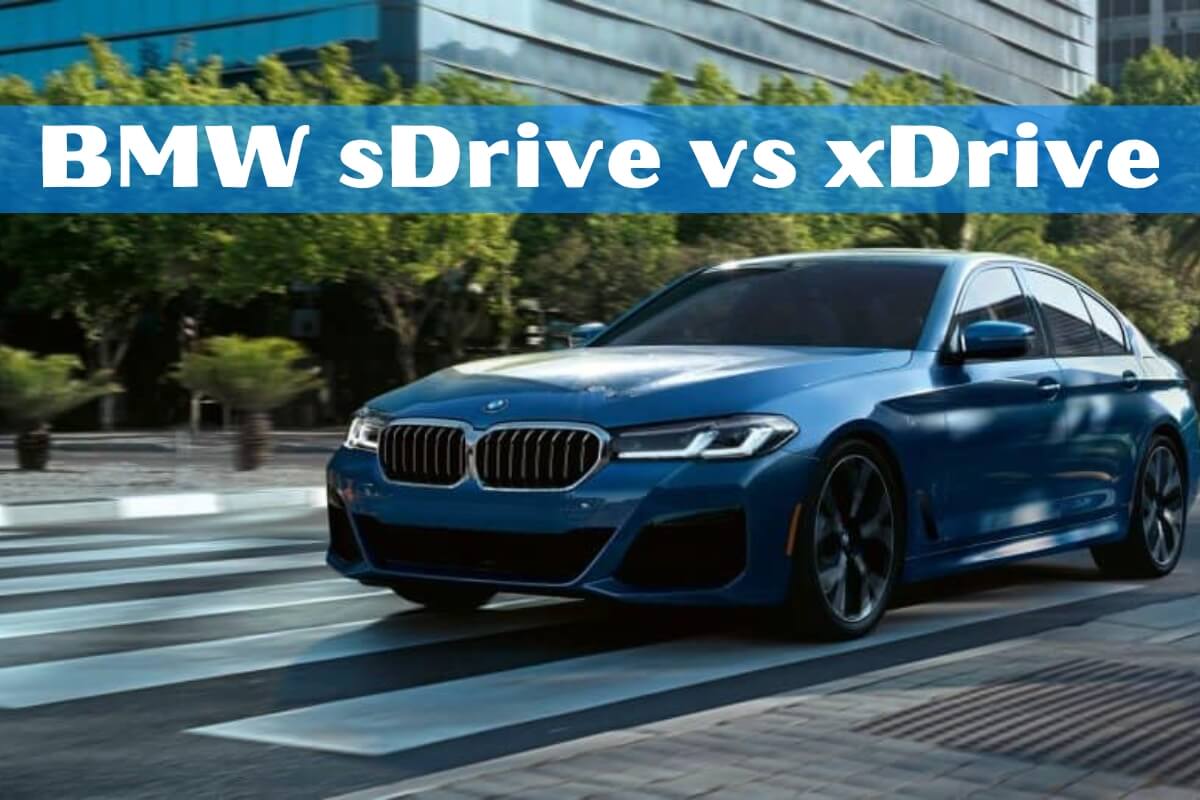
Are you in the market for a new BMW and confused about the sDrive and xDrive drivetrain options? Don’t worry, you’re not alone. Many car buyers struggle to understand the differences between these two systems and which one is better suited for their needs.
Today in this guide, we’ll dive into the BMW sDrive vs xDrive debate, exploring the key distinctions, performance capabilities, and factors to consider when choosing the right drivetrain for your driving style and conditions.
What is BMW sDrive?
BMW sDrive is a two-wheel drive system that sends power to either the front or rear wheels, depending on the model. Most BMW sDrive models are rear-wheel drive (RWD), but some smaller vehicles like the BMW X2 feature front-wheel drive (FWD).
Models that come standard with BMW sDrive include:
- BMW 7 Series
- BMW X1
- BMW X2
- BMW X3
- BMW X5
- BMW X6
- BMW Z4
The main advantages of choosing a BMW sDrive model are:
- Affordability: sDrive models are generally more affordable than their xDrive counterparts, as they have fewer components and a simpler drivetrain system.
- Fuel efficiency: With power being sent to only two wheels, sDrive models tend to have better fuel economy ratings compared to xDrive models.
- Sportier handling: Many driving enthusiasts prefer the sportier handling characteristics of rear-wheel drive sDrive models, which can provide a more dynamic and engaging driving experience.
However, it’s important to note that sDrive models may struggle with traction in slippery or low-grip conditions, such as rain, snow, or off-road terrain, due to the lack of power being sent to all four wheels.
What is BMW xDrive?
BMW xDrive is an intelligent all-wheel drive (AWD) system that distributes power to all four wheels for improved traction and stability. Unlike traditional AWD systems, xDrive uses advanced technologies like torque vectoring and an electronically-actuated clutch pack differential to continuously monitor road conditions and adjust power distribution accordingly.
Here’s how BMW xDrive works:
- The system monitors factors like wheel slip, steering angle, and lateral acceleration to detect when wheels are losing traction.
- If a loss of traction is detected, xDrive can instantly redistribute torque to the wheels with the most grip, ensuring optimal traction and control.
- In addition to front-to-rear power distribution, xDrive can also shift torque from side to side using torque vectoring technology, improving handling and cornering performance.
Models that come standard with BMW xDrive include:
- BMW X4
- BMW X7
- BMW i8
- BMW M5
- BMW M8
- BMW X3 M
- BMW X4 M
- BMW X5 M
- BMW X6 M
Many other BMW models, such as the 2 Series, 3 Series, 4 Series, 5 Series, 7 Series, 8 Series, X1, X2, X3, X5, and X6, offer xDrive as an optional upgrade.
The primary benefits of choosing a BMW xDrive model are:
- Improved traction and stability: With power being sent to all four wheels, xDrive models offer superior traction and stability, especially in adverse weather conditions like rain, snow, or ice.
- Enhanced acceleration: The increased traction provided by xDrive can result in faster straight-line acceleration, particularly from a standstill or when exiting corners.
- Better handling: The torque vectoring capabilities of xDrive can improve handling and cornering performance by distributing power to the wheels with the most grip.
The main drawback of BMW xDrive is a slightly higher cost compared to sDrive models, as well as a marginal decrease in fuel efficiency due to the added weight and complexity of the all-wheel drive system.
BMW sDrive vs xDrive Performance Comparison
When it comes to performance, both BMW sDrive and xDrive models offer impressive capabilities, but there are some notable differences between the two systems.
Let’s take a look at a real-world example: the BMW X1 compact SUV.
BMW X1 sDrive28i:
- 0-60 mph: 6.6 seconds
- Curb weight: 3,554 lbs
- EPA-estimated fuel economy: 24 mpg city / 32 mpg highway
BMW X1 xDrive28i:
- 0-60 mph: 6.3 seconds
- Curb weight: 3,713 lbs
- EPA-estimated fuel economy: 24 mpg city / 31 mpg highway
As you can see, the xDrive model offers slightly quicker acceleration (0.3 seconds faster from 0-60 mph) due to its improved traction and power distribution. However, the sDrive model is lighter and more fuel-efficient, returning slightly better highway mileage.
In terms of handling and cornering, the xDrive model’s torque vectoring technology can provide a noticeable advantage, especially in challenging conditions or when pushing the vehicle to its limits. The sDrive model, while still capable, may experience more wheel slip and understeer in these situations.
It’s worth noting that the performance differences between sDrive and xDrive can vary depending on the specific BMW model and its powertrain configuration. In some cases, the gap in acceleration and handling may be more pronounced, while in others, the differences may be more subtle.
Which is Better for You: sDrive or xDrive?
When it comes to choosing between BMW sDrive and xDrive, there is no one-size-fits-all answer. The “better” option depends on your specific driving needs, preferences, and the conditions you’ll be encountering.
Here are some general recommendations:
Consider BMW sDrive if:
- You primarily drive in urban or suburban areas with good weather conditions.
- Fuel efficiency and cost savings are priorities for you.
- You prefer the sportier handling characteristics of rear-wheel drive vehicles.
- You don’t plan to encounter slippery or off-road conditions regularly.
Consider BMW xDrive if:
- You live in an area with frequent inclement weather (snow, rain, ice).
- You enjoy performance driving and want the best possible traction and handling.
- You plan to tow or carry heavy loads regularly.
- You frequently venture off the beaten path or encounter unpaved roads.
Ultimately, the decision should be based on your specific driving needs, budget, and personal preferences. It’s always a good idea to test drive both sDrive and xDrive models to get a feel for their respective characteristics and make an informed decision.
Myths and Misconceptions about sDrive and xDrive
As with any advanced automotive technology, there are several myths and misconceptions surrounding BMW’s sDrive and xDrive systems. Let’s address some of the most common ones:
Myth: xDrive is only useful in snowy conditions. While xDrive certainly shines in snowy or icy conditions, its benefits extend far beyond that. The improved traction and stability provided by xDrive can be advantageous in various situations, including rain, loose gravel, or even dry corners when pushing the vehicle’s limits.
Myth: sDrive can’t handle rain or wet conditions. This is a common misconception. While xDrive does offer superior traction in wet conditions, modern sDrive models are equipped with advanced traction control and stability systems that can help maintain control in slippery situations. However, xDrive’s all-wheel drive capabilities undoubtedly provide an advantage in these conditions.
Myth: xDrive is only for off-road driving. While xDrive can certainly enhance off-road capabilities, it’s not solely designed for that purpose. The primary benefit of xDrive is improved traction, stability, and handling in a wide range of on-road conditions, from inclement weather to spirited driving on winding roads.
Myth: sDrive is always rear-wheel drive. This is not entirely accurate. While most BMW sDrive models are rear-wheel drive, some smaller vehicles like the BMW X2 feature front-wheel drive as their sDrive configuration.
By dispelling these myths and misconceptions, you can better understand the true capabilities and limitations of BMW’s sDrive and xDrive systems, and make an informed decision based on your specific needs and driving conditions.
Other BMW Drivetrain Technologies
While sDrive and xDrive are the primary drivetrain options offered by BMW, the brand has also developed other advanced technologies for specific models and applications.
M xDrive
BMW’s high-performance M division has introduced M xDrive, a specialized version of the xDrive system designed for the ultimate in handling and performance. M xDrive is an intelligent all-wheel-drive system that can continuously vary the torque distribution between the front and rear axles, depending on driving conditions and driver inputs. This system ensures optimal traction and stability, even during high-performance driving scenarios.
M xDrive employs an electronically controlled multi-plate clutch to distribute torque between the front and rear axles. This clutch can seamlessly transition from all-wheel-drive to rear-wheel-drive, allowing for a more dynamic and engaging driving experience. Additionally, the system works in conjunction with the M-specific suspension setup, ensuring precise handling and exceptional cornering capabilities.
One of the standout features of M xDrive is its ability to adapt to different driving modes. In the default mode, the system favors a rear-biased torque distribution for a more traditional BMW driving experience. However, when the driver engages the sportier driving modes, M xDrive can send more torque to the front axle, enhancing traction and stability during high-performance maneuvers.
Let’s Complete
BMW’s M xDrive system represents a significant advancement in all-wheel-drive technology, specifically tailored for high-performance vehicles. By combining intelligent torque distribution, seamless transition between all-wheel-drive and rear-wheel-drive, and integration with M-specific suspension setups, M xDrive delivers a driving experience that combines outstanding traction and stability with the inherent agility and dynamics that define BMW’s M models.
With M xDrive, BMW has raised the bar for all-wheel-drive performance systems, offering drivers an uncompromising balance of control, engagement, and confidence, even in the most demanding driving conditions. As BMW continues to push the boundaries of performance and technology, M xDrive stands as a testament to the brand’s commitment to delivering an unparalleled driving experience.


